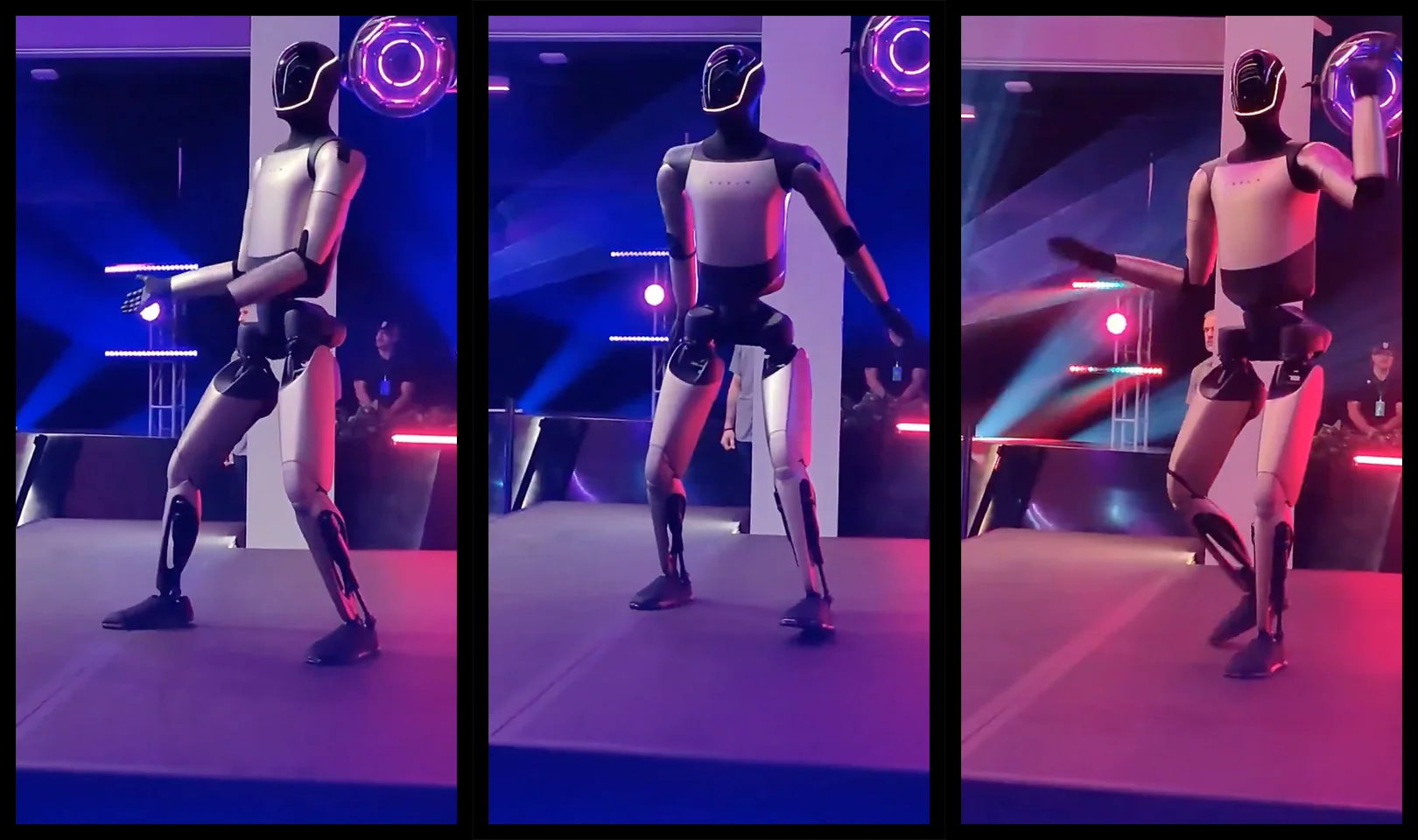- Published on
Tesla Shows Optimus R&D Line, as AI Lead Clarifies ''Completely Different'' Scaled Line is Coming

Tesla's 2025 annual shareholder meeting on Thursday provided a clarifying, two-part update on the Optimus humanoid robot: a video of the current assembly line, and a new, specific cost target from CEO Elon Musk.
The video, which played during the event, offered the first significant look at the company's current manufacturing efforts. It showed Tesla staff on a "prototype production line" working on various components and assembling robots, giving shareholders a tangible glimpse of how the humanoids are being built today.
However, the project's AI lead, Julian Ibarz, quickly took to X (formerly Twitter) to manage expectations and provide crucial context.
"Just to be clear, this is our prototype production line that we are using today for our current R&D efforts," Ibarz posted. "The real scalable production line that will come online next year will not just be bigger, it will be completely different."
Optimus pilot production line is currently running in our Fremont Factory Significantly larger Gen 3 production line coming in 2026 We're also testing in our factories & office spaces for real-time use case Our goal is $20k COGS per robot at scale
From R&D to Mass Production
Ibarz's clarification draws a sharp line between the current R&D assembly—likely focused on building the next-generation "V3" prototypes slated for a Q1 2026 reveal —and the "real" mass-production system Tesla aims to build.
That "real" line is presumably the 1-million-unit-per-year line that CEO Elon Musk recently stated the company is "starting with building... in Fremont". This has been a consistent target, with Musk first mentioning the 1-million-unit goal during the Q3 2025 earnings call.
During the shareholder meeting, Musk provided a new and highly anticipated financial target for the robot. He stated that the cost of production for Optimus is "around $20,000 per unit" in current-year dollars.
The 1-Million Robot Milestone
Musk also reiterated what he sees as the project's three greatest difficulties: engineering the hand and forearm, developing "real-world AI," and manufacturing at scale. He has previously called the hand the "single greatest electromechanical challenge" and noted the "immense" manufacturing challenge is due to a "non-existent" supply chain.
The focus on production scale was underscored by the CEO's compensation plan, which shareholders voted to approve at the meeting. The ambitious package includes a milestone contingent on Tesla successfully deploying one million Optimus humanoid robots.
While the video provided a welcome look at the current state, Ibarz's comment highlights the project's true dual-challenge: Tesla isn't just trying to build a robot; it's trying to build a "completely different" kind of factory to manufacture them by the million.
Share this article
Stay Ahead in Humanoid Robotics
Get the latest developments, breakthroughs, and insights in humanoid robotics — delivered straight to your inbox.